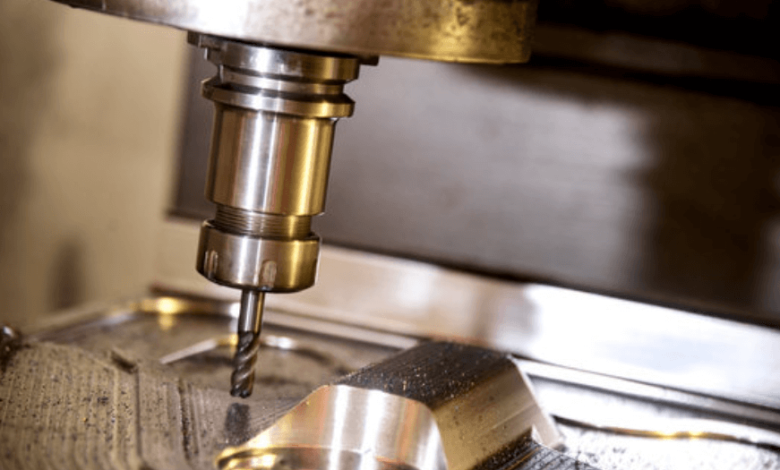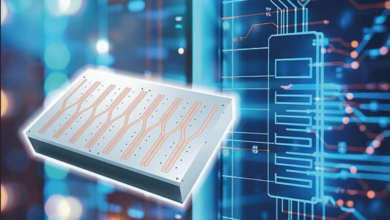Unlocking Precision: The Power and Performance of a Tungsten Carbide Milling Cutter

In today’s fast-paced world of precision manufacturing, selecting the right cutting tool can mean the difference between a flawless product and costly material waste. Among the most sought-after tools in modern machining is the tungsten carbide milling cutter — a high-performance, durable, and versatile cutting instrument designed to handle even the most demanding milling operations.
Used across aerospace, automotive, mold-making, and general engineering industries, tungsten carbide milling cutters are renowned for their ability to maintain sharpness, withstand heat, and deliver consistent results at high cutting speeds. This article explores the properties, applications, advantages, and selection tips related to this indispensable tool.
What Is a Tungsten Carbide Milling Cutter?
A tungsten carbide milling cutter is a type of cutting tool made from tungsten carbide — a compound consisting of equal parts tungsten and carbon atoms. This material is exceptionally hard, ranking near diamond on the Mohs hardness scale. Combined with a cobalt binder, tungsten carbide forms a dense, wear-resistant structure perfect for cutting metals, plastics, composites, and more.
Milling cutters come in various shapes and configurations, including end mills, face mills, slot drills, and ball nose cutters. What sets a tungsten carbide milling cutter apart from high-speed steel (HSS) or cobalt tools is its longer life span, higher cutting speed capabilities, and resistance to wear, making it ideal for high-precision applications.
See also: Best Smartwatches for Women: Style Meets Tech
Key Properties of Tungsten Carbide Milling Cutters
1. Extreme Hardness
Tungsten carbide is significantly harder than traditional tool steels. This hardness enables the cutter to maintain a sharp edge even when cutting tough or abrasive materials like stainless steel or titanium.
2. Heat Resistance
Carbide tools can operate at higher temperatures without softening. This allows for faster cutting speeds and less frequent tool changes, improving overall efficiency.
3. Dimensional Stability
The rigid nature of tungsten carbide ensures tight tolerances during machining operations, a vital aspect in industries requiring intricate or high-precision components.
4. Longevity
Because they resist wear better than other cutting tools, tungsten carbide milling cutters offer longer service life, reducing downtime and operational costs.
Applications of Tungsten Carbide Milling Cutters
The tungsten carbide milling cutter is a staple in many advanced manufacturing sectors. Here are some of the most common applications:
Aerospace Industry
Aircraft components demand high-precision cuts in materials such as titanium alloys and composites. Tungsten carbide tools excel in maintaining performance and accuracy throughout these demanding processes.
Automotive Manufacturing
In the production of engine blocks, gearboxes, and suspension components, carbide cutters ensure high-speed milling and extended tool life even in hard metals like cast iron and hardened steel.
Mold and Die Making
Tungsten carbide cutters are perfect for producing molds with complex geometries, smooth surfaces, and tight dimensional tolerances.
Electronics and PCB Fabrication
Carbide micro-milling cutters are used for machining circuit boards and delicate components due to their precision and wear resistance.
Medical Equipment Production
Instruments and implants made from stainless steel or titanium require carbide cutters for accuracy and consistent finish.
Types of Tungsten Carbide Milling Cutters
Understanding the types of carbide milling cutters helps in choosing the right one for your project:
End Mills
Used for side and face milling, slotting, and profiling, carbide end mills are ideal for general-purpose and high-performance milling tasks.
Ball Nose Cutters
These cutters have a rounded tip and are ideal for 3D contouring, mold-making, and surface finishing.
Roughing Cutters
Designed with serrated edges to remove large amounts of material quickly without excessive heat buildup.
Corner Radius End Mills
Used when a sharp edge is not required. The radius reduces stress concentration and tool wear.
Micro-Mills
Specialized tools used for miniature or fine-detail work, often in electronics or jewelry manufacturing.
Advantages of Using Tungsten Carbide Milling Cutters
1. Faster Machining Speeds
Carbide cutters allow operators to use higher cutting speeds and feeds, improving productivity without compromising quality.
2. Reduced Tool Changes
Thanks to their wear resistance and heat tolerance, tungsten carbide tools last significantly longer than traditional cutters, reducing the need for frequent replacements.
3. Superior Surface Finish
Carbide tools produce a smoother, cleaner cut, minimizing the need for secondary finishing processes like polishing or grinding.
4. Versatility Across Materials
Whether you are milling aluminum, copper, hardened steel, or plastic composites, carbide cutters maintain performance across diverse material types.
5. Better Value Over Time
Though they are more expensive upfront, tungsten carbide tools pay for themselves by lasting longer and reducing machine downtime.
How to Select the Right Tungsten Carbide Milling Cutter
When choosing a tungsten carbide milling cutter, consider the following factors:
1. Material to Be Machined
Select the appropriate cutter geometry and coating based on the material. For example, aluminum requires a different flute design and rake angle than steel.
2. Type of Milling Operation
Different shapes are better suited to specific operations. End mills are general-purpose, while ball nose tools are used for complex surfaces.
3. Tool Coating
Advanced coatings like TiAlN (Titanium Aluminum Nitride) improve tool life by enhancing heat and wear resistance.
4. Machine Capabilities
Ensure that your machine spindle speed, rigidity, and coolant system are compatible with the demands of carbide tooling.
5. Precision Requirements
Choose cutters with tighter tolerances and surface finish capabilities for high-precision jobs.
Conclusion
The tungsten carbide milling cutter stands as one of the most reliable and efficient tools in modern machining. Offering superior hardness, excellent wear resistance, and adaptability to complex applications, these tools are essential for precision manufacturing in a wide range of industries.
By understanding the various types, advantages, and selection criteria, manufacturers can make informed choices that optimize output and reduce operational costs. In a world where quality, speed, and precision are non-negotiable, tungsten carbide milling cutters prove to be a wise investment for any serious machining operation.



